
Introduction to CE, RoHS, and FCC Certifications
Guide to CE and ROHS certifications for Electronic Products
Securing the necessary certifications is the final step in bringing electronic products to the global market. These certifications not only ensure product quality meets international standards but also enhance safety, legal compliance, and brand reputation. Below is an overview of key electronic product certifications and their applicability.
Common Certifications for Electronic Products
The type of certification required depends on the target country or region. Common certifications include:
- CE
- FCC
- RoHS
- UL
- WEEE
Among these, FCC and UL are primarily for the U.S., while the others adhere to European standards.
CE certification for Electronic Products
CE (Conformité Européenne) is a mandatory certification for products sold in the European Economic Area (EEA), including EU member states, Iceland, Norway, Liechtenstein, Turkey, and Switzerland.
Common CE Directives:
1. Electromagnetic Compatibility (EMC) Directive
Ensures that products have appropriate levels of electromagnetic emissions and immunity. It is similar to the U.S. FCC requirements but places greater emphasis on resistance to electromagnetic interference.
2. Low Voltage Directive (LVD)
Applies to products with rated voltages between 50–1000 VAC or 75–1500 VDC to ensure safety during use. Products below these thresholds must comply with the General Product Safety Directive (GPSD).
3. Radio Equipment Directive (RED)
Covers devices with radio and telecommunication functionality, focusing on frequency allocation and electromagnetic compatibility standards.
RoHS and weee certifications
RoHS (Restriction of Hazardous Substances) and WEEE (Waste Electrical and Electronic Equipment) are CE-related directives focusing on harmful substances during production and environmentally friendly disposal.
Restricted Substances and Limits under RoHS:
- Lead (<1000 ppm)
- Mercury (<100 ppm)
- Cadmium (<100 ppm)
- Hexavalent Chromium (<1000 ppm)
- Polybrominated Biphenyls (PBB) (<1000 ppm)
- Polybrominated Diphenyl Ethers (PBDE) (<1000 ppm)
- Di(2-ethylhexyl) phthalate (DEHP) (<1000 ppm)
- Butyl Benzyl Phthalate (BBP) (<1000 ppm)
- Dibutyl Phthalate (DBP) (<1000 ppm)
- Diisobutyl Phthalate (DIBP) (<1000 ppm)
These substances are commonly found in coatings, PVC, circuit boards, and batteries.
WEEE Directive:
Encourages manufacturers to design recyclable products and reduce electronic waste. It works closely with RoHS, targeting the production and disposal stages.
UL certification
UL certification, issued by Underwriters Laboratories in the U.S., is non-mandatory but enhances product safety perception. Any product powered by an electrical outlet is eligible for UL certification.
UL Certification Process:
1. Request a quote via the UL website.
2. Submit product details and samples for project planning.
3. Ensure compliance with UL standards from the design phase to avoid costly revisions.
FCC Certification
The FCC (Federal Communications Commission) certification applies to devices emitting frequencies of 9 kHz or higher. Products are categorized as:
- Intentional Radiators: Devices emitting radio waves intentionally, such as Bluetooth and Wi-Fi.
- Unintentional Radiators: Devices whose primary function does not involve emitting radio waves but still produce emissions.
FCC Certification Process:
1. Determine the product category.
2. Measure electromagnetic emissions in an anechoic chamber or through third-party testing.
3. Use pre-certified modules to reduce costs.
Key Tips for Certification:
- Ensure product design meets production quality standards before certification.
- Budget for certification costs.
- Start with certification for a single market (e.g., the U.S. or Canada) and expand to others like the EU incrementally.
Achieving certification is not just a requirement for market entry but a critical strategy for enhancing international competitiveness. Prioritizing quality and compliance during design and production facilitates smoother certification processes and market expansion.
Email:hello@jjrlab.com
Write your message here and send it to us
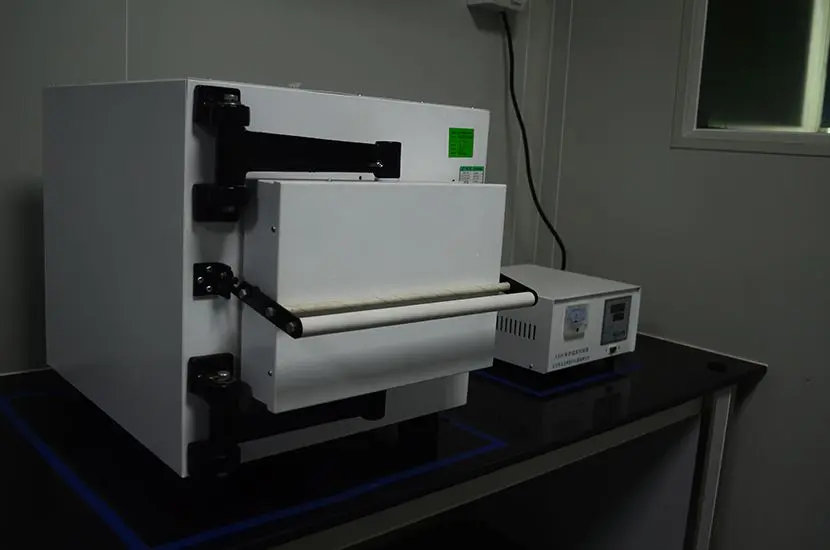 High Chair for Children ASTM F404-21 CPC Certifica
High Chair for Children ASTM F404-21 CPC Certifica
 U.S. Law Label (URN Number) Registration Q\&A
U.S. Law Label (URN Number) Registration Q\&A
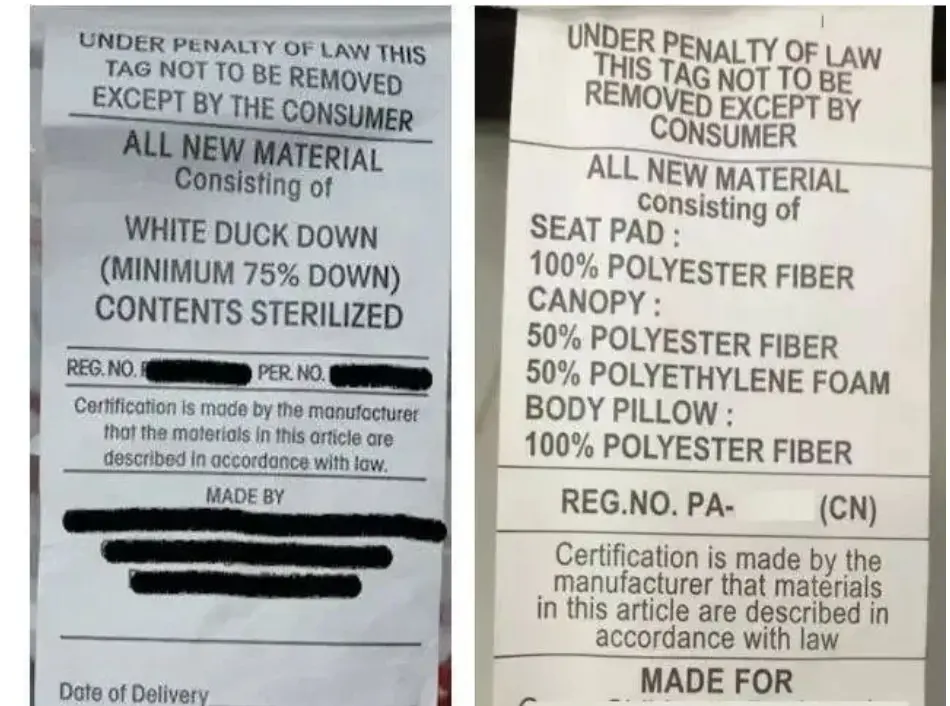 U.S. Furniture Export URN Law Label Registration
U.S. Furniture Export URN Law Label Registration
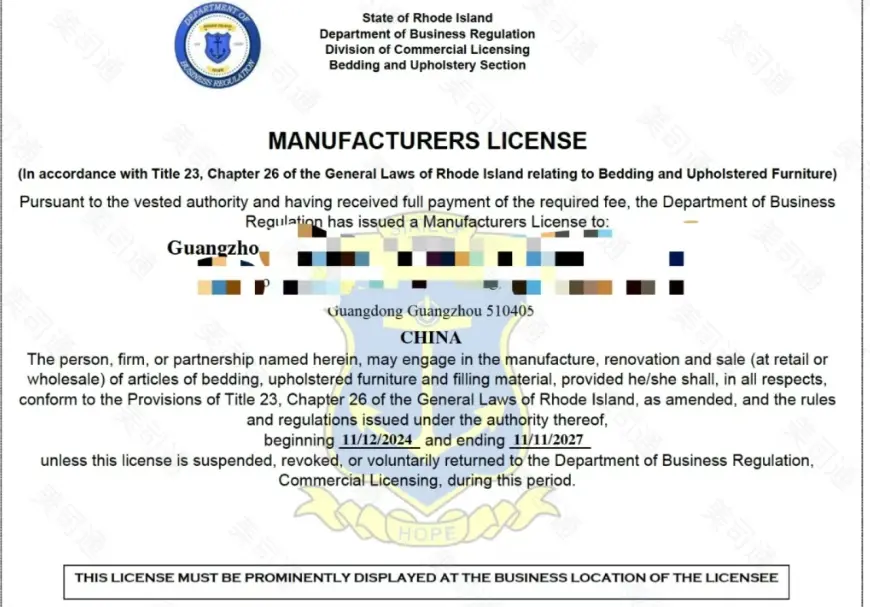 What is U.S. Law Label Registration?
What is U.S. Law Label Registration?
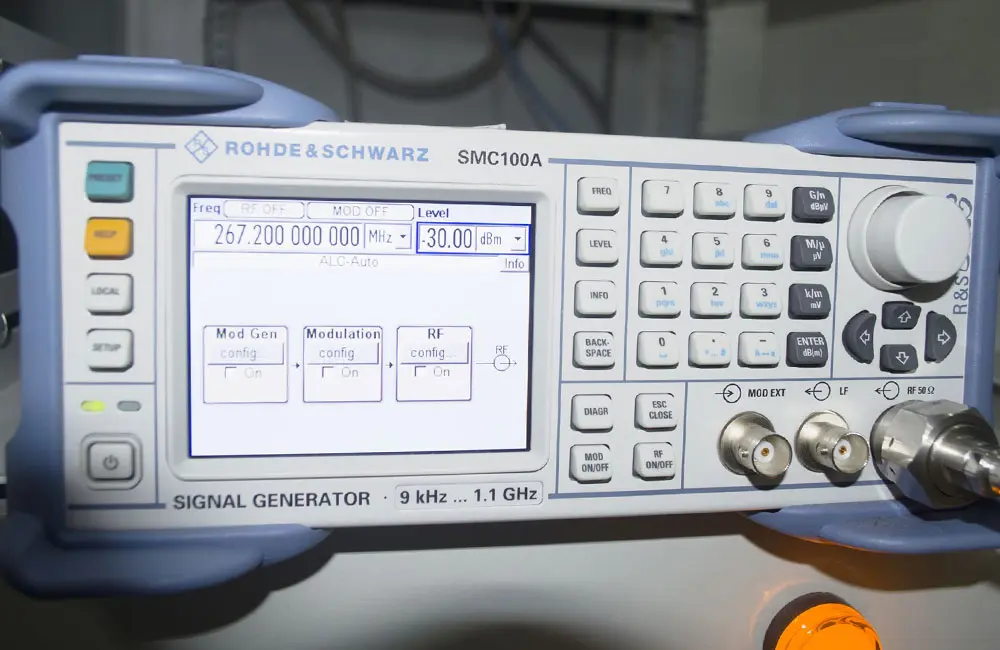 Rail Transit EN55015/EN50121-4
Rail Transit EN55015/EN50121-4
 IEC 60601-1-2 EMC Test for Medical Electrical Equ
IEC 60601-1-2 EMC Test for Medical Electrical Equ
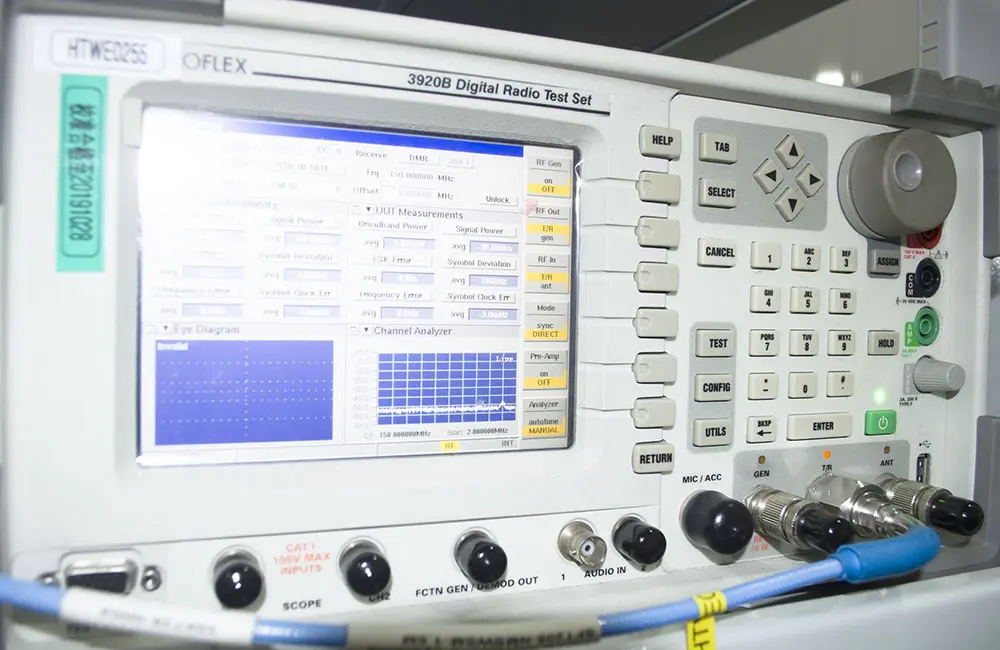 What Are the Safety Tests for Lithium Batteries?
What Are the Safety Tests for Lithium Batteries?
 What is the YY 9706.111-2021 Standard?
What is the YY 9706.111-2021 Standard?
Leave us a message
24-hour online customer service at any time to respond, so that you worry!




